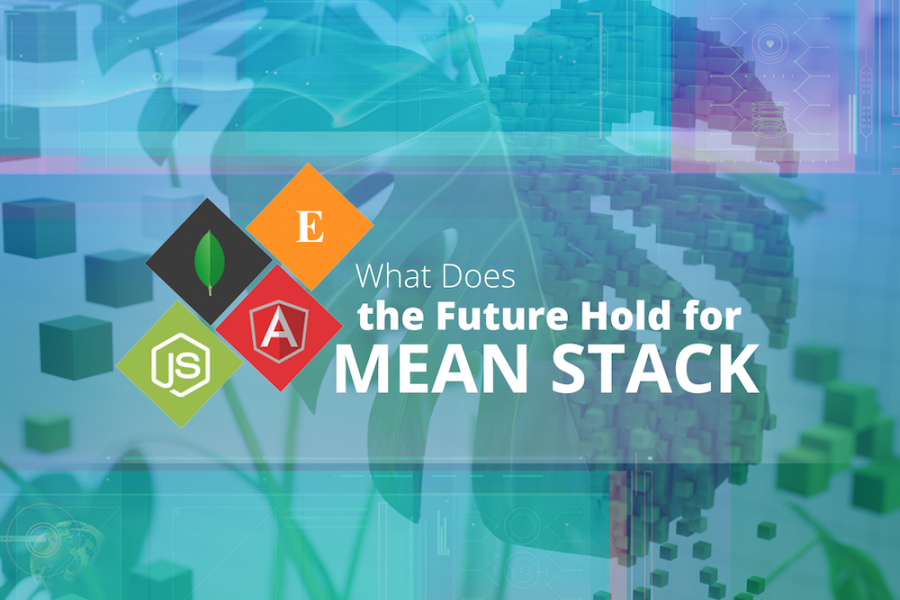
Whether you’re building a web-driven browser-based application or a mobile one, you often have to provision for some server-side infrastructure and write some code to run on it. These will consume APIs often, but sometimes it will also provide for them.
The most popular technology stack in recent memory is the LAMP (Linux, Apache, MySQL and PHP, Perl or Python) stack. But it’s now being slowly replaced by MEAN (MongoDB, ExpressJS, AngularJS, NodeJS) which is heavily driven by JavaScript.
Having said that, it’s also important to note that the LAMP stack is still being used today by some developers who are still quite happy with what it has to offer. But PHP, in particular, is going through a period of dramatic decline.
These technology stacks often emerge and compete (and even replace their predecessors) in developer communities. But this phenomenon isn’t always straightforward.
So this begs the question, what does the future hold for the MEAN stack? Will it go the same way as the LAMP stack? Let’s take a look.
What’s the MEAN stack all about?
MongoDB, unlike SQL databases, is a document database that doesn’t require any predefined database schemas and rules to establish field regulations. As a result, it enables the rapid addition, deletion, or editing of data.
MongoDB and ExpressJS also work extremely well together in the MEAN stack. But there is a general feeling among developers that MongoDB has already peaked and some expect it to slowly fade away.
This is because document storage capabilities are rapidly becoming richer and better integrated into leading relational and NoSQL engines.
At the same time, Angular is also quite popular going head to head in competition with ReactJS. What’s more, the emergence of Angular 2 has created a new dimension to this technology.
If you look at Google Trends, the superstar in the MEAN stack is NodeJS. The popularity and adoption rate of NodeJS is higher than ever. This makes sense as NodeJS has been utilized to build great projects by some leading enterprises.
The NodeJS, in particular, is quite popular among industry giants like LinkedIn, Netflix, and PayPal. What’s more, this technology stack has also worked its way into chat applications, brokerage trading dashboards, and real-time trackers.
What’s in store for the future?
Predicting the future of the MEAN stack isn’t easy even for the best in the business as is depends on multiple variables. But whether the MEAN survives as a stack or not, I think it’s safe to say that individual technologies will survive for many more years to come.
For example, JavaScript is ubiquitous and isn’t going anywhere soon. In the same vein, ExpressJS, backed by IBM, seems to be heading toward a stable future.
While MongoDB might not be around for as long as the others, it’s still a highly popular NoSQL document-based database at present. Further, Google’s Angular 2 seems to have been developed to mimic ReactJS, but the original Angular still holds is own as a stable technology.
So what does the future hold for the MEAN stack? It’s really hard to predict. But one thing is for sure, the MEAN stack will continue to lead this space in the near future.
This is because it enables the better allocation of resources from managing disk space to developers to help achieve enhanced efficiency. As the MEAN stack is open source, you can also expect to continue to evolve and go through many upgrades.
As it has been successfully used by technology giants like Facebook and Google, you can expect it to keep playing a significant role at least in the near future.
ARE YOU LOOKING TO OUTSOURCE YOUR NEXT PROJECT TO A PROFESSIONAL MOBILE DEVELOPMENT PROVIDER LIKE DIGI117? GET IN TOUCH!









